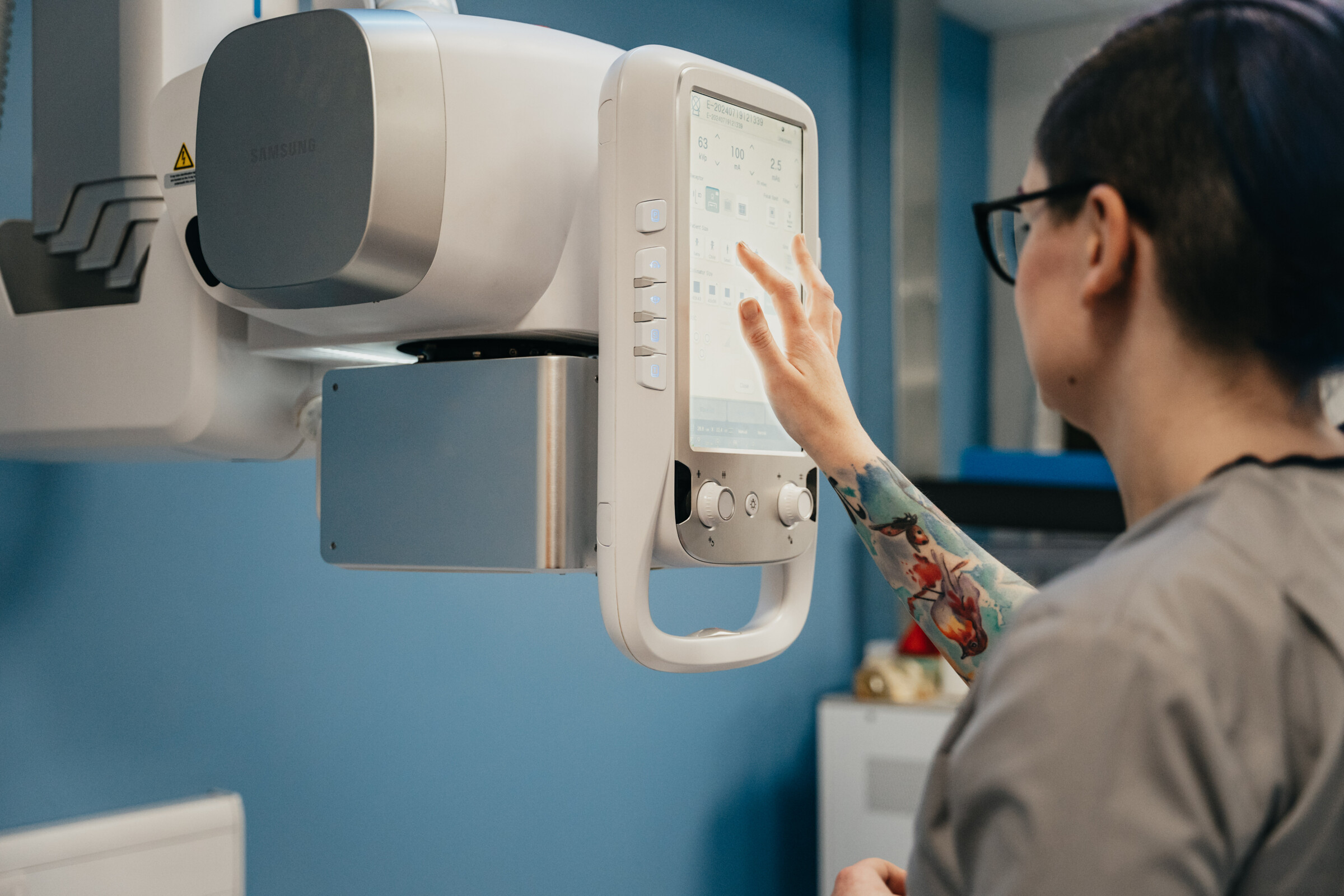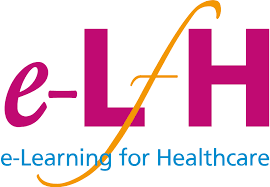I wish to enhance my Clinical Imaging knowledge
Interested in learning more? E-learning programmes here are designed to enhance and further your knowledge here


Interested in learning more? E-learning programmes here are designed to enhance and further your knowledge here


The aim of these resources is to support your learning, increase your knowledge and awareness of imaging and inspire you to work in this brilliant speciality. You can click on the e-learning resources to complete in your own time.
All training is aligned to the capabilities in practice with the framework and is ideal for all staff who wish to enhance your knowledge within your current role.
The Clinical Imaging elearning programme (previously known as Image Interpretation) is being developed by the College of Radiographers, in collaboration with the Health Education England elearning for healthcare programme.
Clinical Imaging is the ideal resource to support all imaging staff including assistant practitioners, students and early career radiographers and those interested and involved in research, reporting and advanced practice. It supports radiographers working in specialised modalities and provides knowledge on how to develop interpretation skills.


The Communicating with empathy programme aims to promote sensitive and effective communication in end-of-life care and offers valuable, interesting, and accessible learning that will be useful for informal carers, agency and care home staff, healthcare assistants and other staff providing end-of-life care.
The programme provides 6 sessions:
Handling difficult situations - Caring for yourself and others with compassion’ is a newly-developed training course for frontline, patient-facing NHS colleagues.
The training aims to upskill colleagues in how to handle difficult situations with compassion, using appropriate communication techniques and active listening skills, whilst very much focusing on how to keep yourself well if you feel affected by a situation.
The skills learnt in the training are intended to be used in a wide range of difficult situations, including where patients may present in a challenging or distressed manner, during instances of uncivil behaviour or when speaking about difficult topics of conversation.
The training also offers NHS colleagues education on understanding bias, models of self-awareness, self-compassion and emotional intelligence – all of which are important when looking after our own wellbeing, as well as that of others.
Description:
This session provides background information on the process by which a requested medical exposure is justified and the factors taken into account.
Description:
The aim of this session is to provide a short introduction to the main methods of dose reduction used in radiation protection
Description:
This session describes the anatomy that can be visualised using diagnostic x-rays and the techniques used to display it to best advantage.
Description:
This session describes the anatomy that can be visualised using diagnostic x-rays and the techniques used to display it to best advantage.
Description:
The session describes how different exposure factors and techniques affect patient dose in general radiography, mammography and dental radiography. You will also discover practical methods for reducing radiation doses to patients and staff.
Description:
This session describes the various cellular effects of radiation and how they can lead to adverse effects
Description:
This session aims to equip staff who work in areas where x-rays or radioactivity are used. It includes a guide to doses received during common radiological examinations in comparison to natural background, and the risks of radiation.
Description:
This session describes the risks associated with exposure to ionising radiation.
Description:
This session introduces the concept of optimisation. It describes how different types of medical exposures can be optimised with regard to the dose delivered to the patient and the radiation protection measures that are applied
Description:
The session describes important legislation which impacts on the way ionising radiation is used in healthcare and how it is controlled for the safety of employees and the public
Description:
This session describes important legislation protecting individuals undergoing medical exposures to ensure that, in healthcare, the use of ionising radiation is justified and optimised
Description:
This session describes how to calculate risks involving the use of ionising radiation in the workplace, the significance of the risks involved and how the risks can be reduced.
Description:
This session looks at the theory behind radiation protection.
Description:
This session builds on material in the 'Image Interpretation - Introduction to Imaging Technologies: Radiation Protection - Theory' session and describes aspects of the practicalities of radiation protection applied to both patients and staff